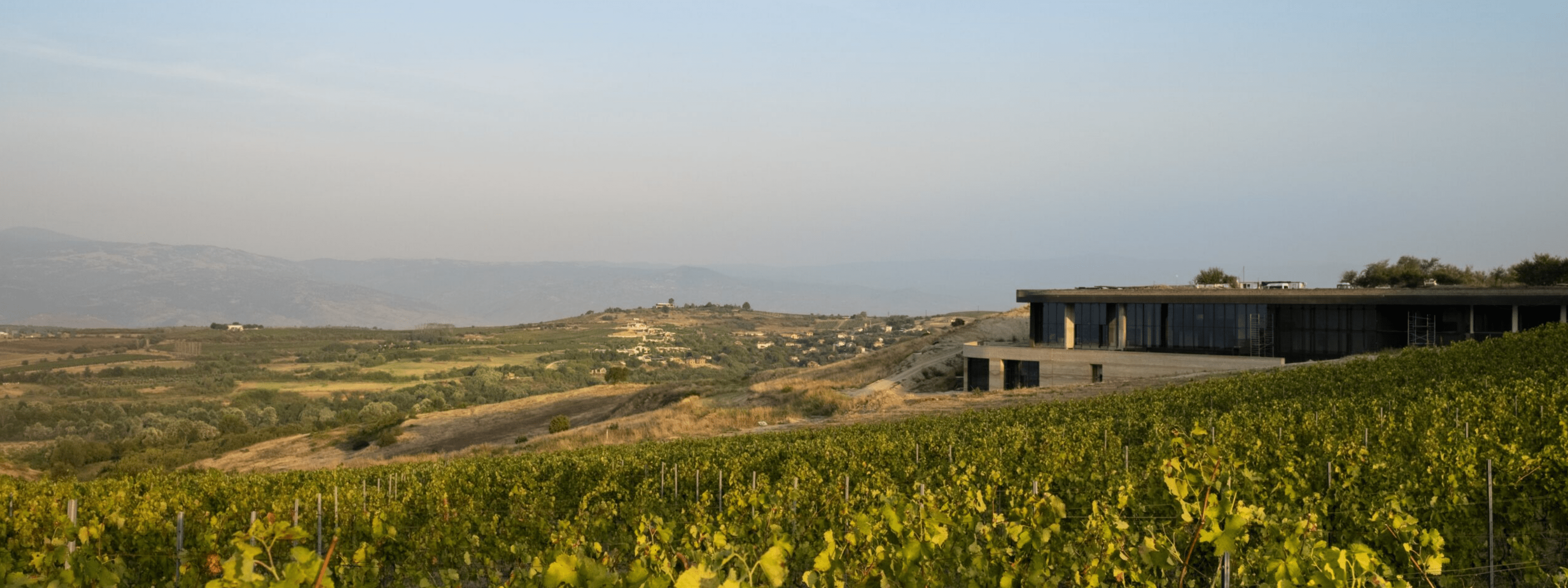
Wines from Georgia - 8000 Years of Winemaking
by Will Hill - Buying Director
It’s been an exciting start to my tenure here at Novel Wines. As the new Buying Director, I feel that I am in a privileged position to help find and bring some truly exciting wines, real hidden gems, that often get overlooked for more mainstream styles. Championing wines from lesser-known regions and the grapes you may not have heard of has been my own personal tag line in the industry and where else presents such a perfect fit as Novel Wines.

I was lucky enough to have visited one of my favourite places, Georgia, twice last year, firstly as part of a delegation led by Georgian Wine expert Sarah Abbot MW back in the Spring, then more recently as a member of the IWSC judging panel. It’s a country rich in wine making tradition which resonates throughout the everyday lives of the Georgian people, and once you experience the famous Georgian hospitality you soon see why one visit here will never be enough!
Once Georgia is mentioned in discussions about wines it's easy to get lost in the headline ‘8000 years of winemaking’. And to be fair, that is exceptionally impressive! The cradle of wine, the origin of winemaking as we know it whose legacy can be seen and felt in every inch of the country. From the back garden winemaker to the vibrant wine bars of Tbilisi, the boutique family wineries, and the much larger wine ‘factories’ that used to supply the soviet demand in years gone by. But what I find interesting is just how far the quality of wines here has come in the recent past.

Since the collapse of the Soviet Union in 1991 there has been a considerable shift from the vast quantity production wineries to the quality focused boutique styles. The fact that viticulture here survived throughout the communist era meant that there was decent infrastructure to maintain, and improve, the wine scene in the country. A very special mention needs to go to the Georgian Grape Research Centre who have preserved the over 500 indigenous varieties native to the region and try to find ‘homes’ where they could potentially become commercially viable.
The two most ‘famous’ of these are the inky red Saperavi and the racy white Rkatsiteli. Saperavi is a very consumer friendly grape, it can be pleasantly juicy with a whole host of wild, dark, brambly berries, and a pleasant spice on the finish. The best examples won’t go too heavy on the oak, and need to have the tannins managed well as if not controlled they can get too austere. Fans of Malbec and Montepulciano should be jumping at the opportunity to try Saperavi if they’ve not yet! And what’s more, this grape can age beautifully. Not many producers in Georgia have had the opportunity to cellar older vintages but I found some exceptional examples over 10 years old showing very attractive savoury, gamey, leathery flavours and still a lot of life left in them.

The iconic wine style from Georgia is certainly the Qvevri Wines. Orange wines, Skin-Contact wines, usually referred here as Amber wines or traditional winemaking (rather than ‘modern’, or ‘European’) are essentially made by soaking white grapes in the juice to extract colour and tannins the same way you would with red grapes for red wine. It is amazing to see the serious quality wines that are being produced via this ancient method. A Qvevri is a large, egg shaped, clay vessel that are used for both fermentation and maturation, they are painstakingly handmade – layer by layer – over 2 or 3 months, before they are fired in a kiln (cooked in a big oven) and if looked after properly that can last centuries. They not only allow the wines to take this gorgeous amber/golden/caramel colour, but also impart a texture unlike any other vessel. They help to preserve the wonderful perfume of the wine allowing the varietal characters to sing without being overpowered as can happen with judicious oak ageing. As well as Rkatsiteli, other white grapes take very week to Qvevri winemaking. Mtsvane with its wonderful aromatics, Khikhvi whose spiciness is delightful, and my personal favourite Kisi, with a combination of floral notes, stone fruits, and softer spices.
Don’t let the obscure names put you off, Georgian wines are a whole new world of discovery for most people to dive into and they are only getting better!
You can try some for yourself here:




